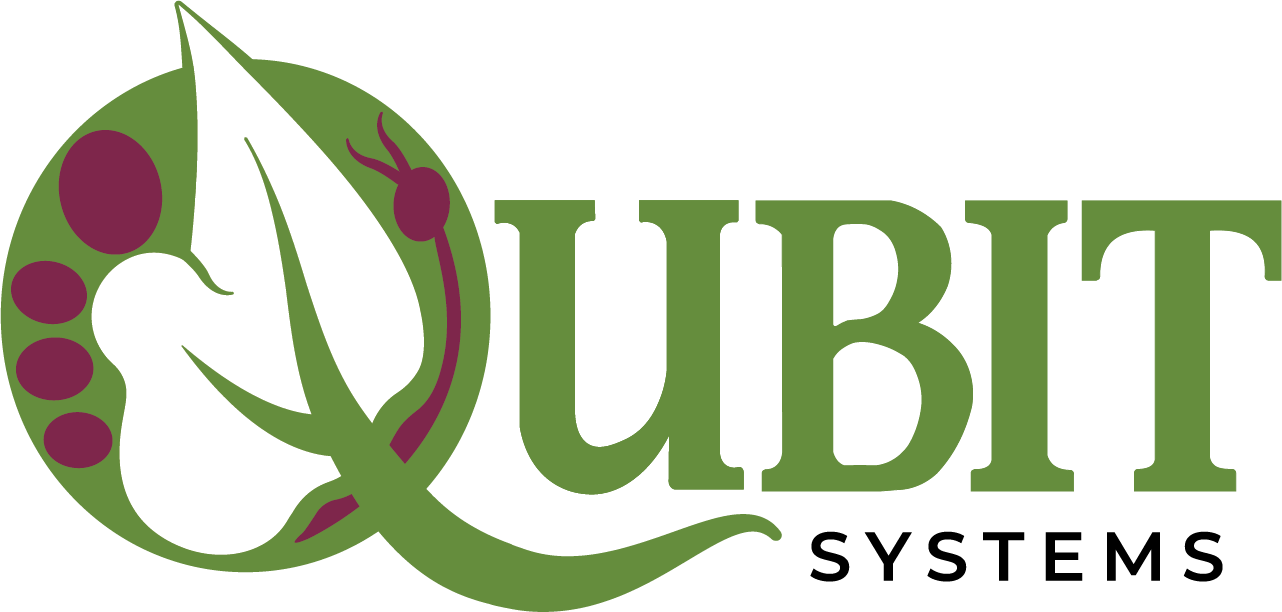
From the CEO
A number of years ago, a former student of mine came to me in a state of high excitement stating that his Pisum plants were photosynthesising in the dark. Not to dampen his enthusiasm, I celebrated alongside him, stating that this discovery might well win us the Nobel Peas Prize. I followed him into the lab to witness this remarkable phenomenon first-hand and, sure enough, differential CO2 data indicated net fixation with the lights out. I then asked about frequency of instrument calibration, to which he responded with bewilderment as if “calibration” had more syllables than comprehension allowed. Sadly, we never received the invitation to Sweden (nor to Norway, for that matter). His tale, though, is not unusual, and whenever I’m asked how often analysers require calibration, I always respond that two minutes of effort can save your day, your week or even your month. After all, who’s to say that some idle-fingered knob-twiddler hasn’t been messing with your stuff?
Wishing you success,


Q-Box Plant CO2 Analysis Package (from $17,800 US)
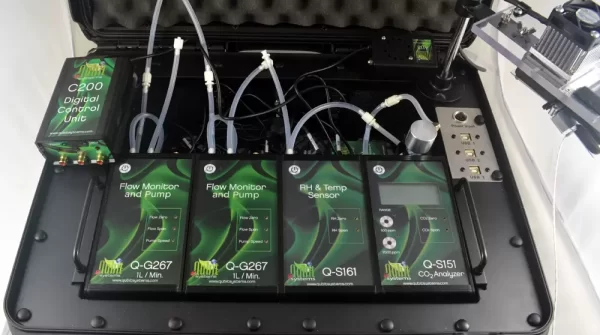
The Q-Box CO650 Plant CO2 Analysis Package is designed for measurements of photosynthesis, respiration and transpiration in leaves when placed in a temperature controlled flow-through leaf chamber. The Plant CO2 Analysis Package can be used in both the lab or field (with optional battery pack). The Q-Box CO650 software automatically checks the reference levels of CO2 and water vapour and provides on-the-go calculations of photosynthesis and transpiration rates. Learn More
Recent Publication:
Rudresh, H.S. et al. (2023). Comparative analysis of desiccation tolerance in Oeosporangium elegans and Mickelopteris cordata.
The FLOX Box Solar-Induced Chlorophyll Fluorescence
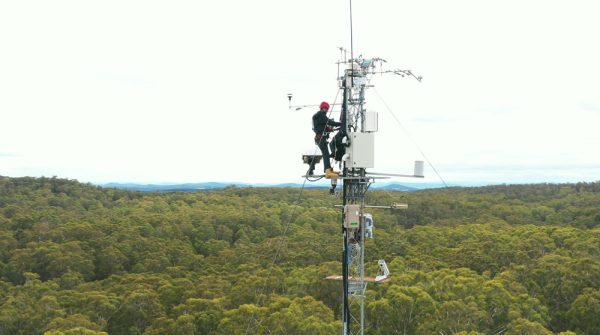
The FLOX Box is a self-contained dual hyperspectral system for monitoring long and short-term fluctuations in Solar-Induced Chlorophyll Fluorescence (SIF). SIF is considered the most direct, non-invasive remote-sensing signal for tracking photosynthetic activity and its dynamics at the leaf, canopy, ecosystem, and global scale. Accurate measurements of SIF are crucial for understanding photosynthesis and its dynamics in the field. SIF may be used to monitor changes in plant and algal responses to environmental factors that may affect growth and yield, including temperature, water and nutrient availability, the effects of herbicides and pesticides, pollution, herbivory, plant pathogens and other abiotic and biotic stresses. The FLOX represents the most advanced system available for SIF measurements in agriculture, forestry and other remote locations, and is now compatible with Licor Eddy Flux Covariance Systems. Learn More
Recent Publication:
Poulter, B. et al. (2023) Simulating Global Dynamic Surface Reflectances for Imaging Spectroscopy Spaceborne Missions: LPJ-PROSAIL.
The ROX Box Hyperspectral Reflective Measurements
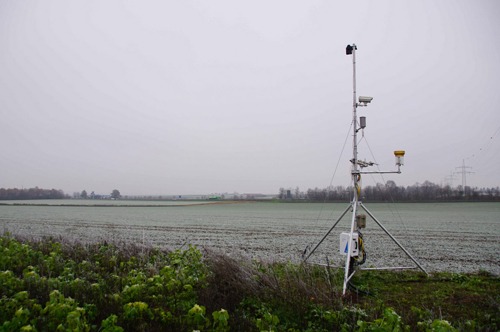
The ROX is an automated field spectroscopy device capable of collecting unattended, continuous, long-term hyperspectral measurements. It was developed from a collaboration between Jülich Research Center and the Remote Sensing of Environmental Dynamics Laboratory of the University Milano Bicocca, and is designed for long term measurements of solar radiance, reflected radiance and reflectance. Its robustness and flexibility make the ROX suitable for numerous applications including vegetation monitoring (numerous reflective vegetation indices such as NDVI, PRI etc.), and monitoring water quality, snow and ice. MORE.
Recent Publication:
Naethe, P. et al. (2023) Calibration and Validation from Ground to Airborne and Satellite Level: Joint Application of Time-Synchronous Field Spectroscopy, Drone, Aircraft and Sentinel-2 Imaging
https://link.springer.com/article/10.1007/s41064-022-00231-x.
Handheld Hyperspectral Devices
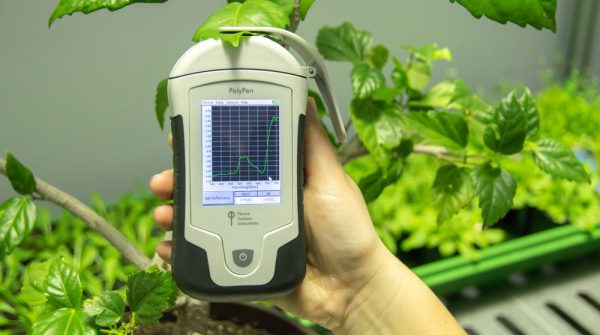
Qubit Systems offers various hand-held instruments for hyperspectral measurements of plants. The Z970 PolyPen measures the spectral reflectance from leaves across specific wavelengths (380 to 790 nm or 640 to 1050 nm, allowing calculations of reflectance indices such as NDVI, NDGI, PRI, Greenness Index, etc. Measured data are instantly displayed in graphs or data sheets on the device screen display. They are also stored in the device memory for later re-collection or transfer onto a PC. Individual Plant Pens measure specific reflectance instead of capturing the entire spectrum. All handheld instruments have wide applications in plant stress screening and trait assessment. For information on high throughput hyperspectral plant screening using our plant phenotyping imaging apparatus please visit www.qubitphenomics.com.
Recent Publication:
Attipoe, J .Q., et al. (2023). Evaluating the Effectiveness of Calcium Silicate in Enhancing
Soybean Growth and Yield. Plants. 12, 2190.
Chlorophyll Fluorescence Imaging
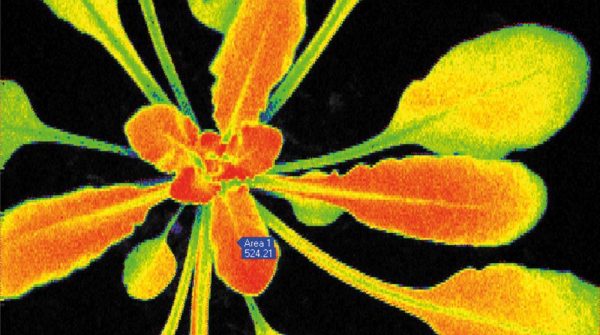
In collaboration with our European partner, Photon Systems Instruments, we provide various chlorophyll fluorescence systems from imaging individual chloroplasts, algal cultures on plates, leaves, whole plants, trays of plants, and even crops in the field. Lab-based FluorCams for leaves and plants have imaging areas from 3×3 cm to 80×80 cm, and can be integrated with our other imaging devices, such as those for hyperspectral analysis, thermal imaging, RGB analysis, and 3D morphometric analysis. For more on our range of lab-based FluorCams, click HERE. For high-throughput phenotyping applications click HERE.
Recent Publication:
Amin, B. et al. (2022). Melatonin Rescues Photosynthesis and Triggers Antioxidant Defense
Response in Cucumis sativus Plants Challenged by Low Temperature and High Humidity.
DOI: 10.3389/fpls.2022.855900.
FluorPens for Handheld Non-Imaging Chlorophyll Fluorescence
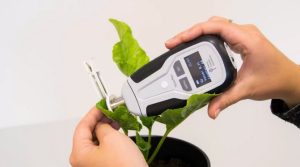
The Z991 FluorPen is a chlorophyll fluorescence measuring device for the lab and the field. This hand-held PAM fluorometer uses high output LEDs to provide a saturating pulse, measurement pulses and actinic light for the measurement of Fv/Fm (QY), OJIP and full quenching analysis. Automatic light response curves and other protocols may be selected. Accessories include a PAR meter and removable leaf clips. GPS location capability and rechargeable Li batteries are included in all models. Customised FluorPens are available for unattended chlorophyll fluorescence analysis in remote and rugged locations, as well as for aquatic applications. The Z991 FluorPen is an accurate, portable option to bulky fiber optic chlorophyll fluorometers, especially when the user needs to screen a large number of plants for specific fluorescence parameters. For more on the full range of FluorPens click HERE.
Recent Publication:
Al-Deeb, T. et al. (2023). Individual and Interactive Ecophysiological Effect of
Temperature, Watering Regime and Abscisic Acid on the Growth and Development of Tomato.
https://www.mdpi.com/2073-4395/13/3/930
My company engaged Qubit Systems to develop a gas control station to critical specifications. Qubit staff were a pleasure to work with – enthusiastic, knowledgeable and inventive. The product was delivered on schedule, exceeded our expectations, and was provided at a very attractive price.Stuart NaylorManaging Director, Roylan Developments Ltd. UK
Upcoming Conferences and Exhibitions
ASA, CSSA, SSSA International Annual Meeting St. Louis, Missouri. Oct 29 to Nov 1, 2023.
American Geophysical Union Fall Meeting San Francisco, California, December 11 – 15.

